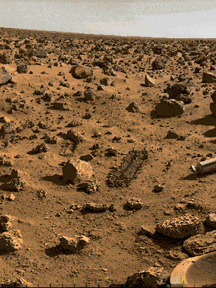This is an image of the surface of Mars. Could there be life there?
Click on image for full size
NASA
Astrobiology
Take a guided tour to learn more about astrobiology, the search for life on other
planets!
To move forwards through the tour, click the Forward arrow.
To move backwards through the tour, click the Back arrow.
Last modified April 29, 2004 by Lisa Gardiner.
You might also be interested in:

Extreme environments are places where "normal" life finds it hard to survive. That doesn't mean that there isn't any life in extreme environments. Certain creatures can live and grow in extreme environments.
...more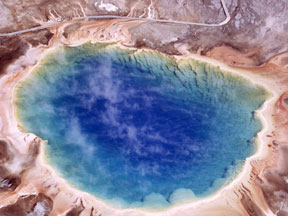
Some environments are not good homes for most "normal" kinds of life. Places like that are called extreme environments. That doesn't mean that there isn't any life in extreme environments. Certain creatures
...more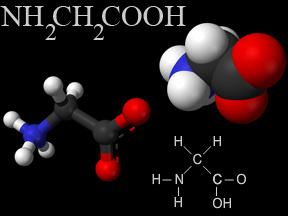
Scientists have found a type of amino acid in a sample returned from a comet. Amino acids are the building-blocks of proteins. Proteins are one of the most important types of molecules in living creatures.
...more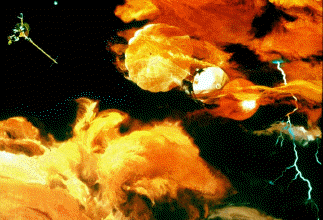
Jupiter's atmospheric environment is one of strong gravity, high pressure, strong winds, from 225 miles per hour to 1000 miles per hour, and cold temperatures of -270 degrees to +32 degrees (freezing temperature).
...more
In July, 1996, it was announced that Dr. David McKay, along with a team of scientists at Johnson Space Center (a division of NASA), had discovered possible fossils of bacteria in a meteorite named ALH84
...more
Saturn's atmospheric environment is one of strong gravity, high pressure, strong winds, from 225 miles per hour to 1000 miles per hour, and cold temperatures of -270 degrees to +80 degrees. With winds
...more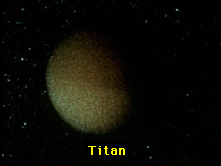
Titan's atmosphere is a lot like the Earth's, except that it is very cold, from -330 degrees to -290 degrees! Like the Earth, there is a lot of Nitrogen and other complex molecules. There also may be an
...more


